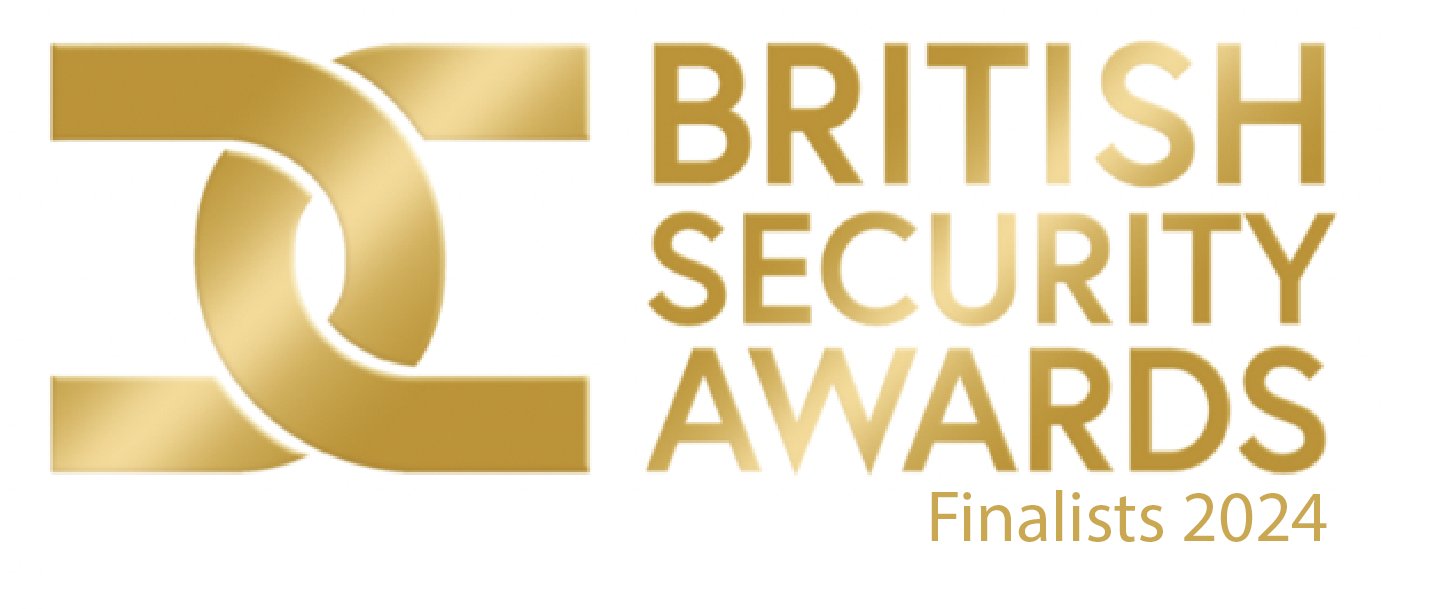Education and Biometrics
The benefits of using biometrics technology to enhance and streamline life in education institutions are unlimited. Students can be given access to libraries, halls, laboratories, and secure sports areas at a granular level without the need for lanyards or access cards. Which inevitably get lost, stolen, or can be passed from one student to another.
Entry using biometric information is safe, quick, secure, and Covid hygienic, as systems can be frictionless. Most importantly, personalised to the bits of a person different from another and their specific access needs. This type of authentication is also incredibly useful for paying for things, and we see more universities and colleges enabling biometrics authenticated transactions across their campuses.
The Introduction of Biometric Payment
Biometrics was first introduced to the world of payments in 2014 by Apple via Apple Pay. The technology giants’ customers could make payments simply by using fingerprints (and later facial recognition) on their smartphones. This technology is now widely accepted by most businesses while consumer adoption is growing.
According to a published report by the Mercator Advisory Group, by 2024, 66% of smartphone owners will use biometrics for authentication, with consumers particularly valuing speed, security, and not having to remember passwords as the main reasons for adopting biometric authentication.
This forecast is particularly striking when compared against a figure from only two years in 2019, which saw only 27% of consumers using biometrics to authenticate transactions.
Last year, shopping heavyweight Amazon further stepped into the arena to introduce its palm scanning payment technology. The ‘Amazon One’ scanner is on trial in two of its Seattle stores and registers an image of the user’s palm, letting them enter the store and pay by hovering their hand above it.
A statement from the e-commerce giant explained that “palm recognition is considered more private than some biometric alternatives because you can’t determine a person’s identity by looking at an image of their palm.”
The Use of Biometrics in Universities and Colleges
This type of authentication software is also being introduced by some universities, colleges, and some schools as an important signal that they are ready to re-open campuses safely after the Covid 19 pandemic. Many students, parents, and employees need the reassurance of touchless technology to feel ready to embrace on-site learning again.
Penair School in Truro, Cornwall is one of many secondary schools that has recently announced that it is moving towards a cashless canteen as part of plans to be more Covid-19 resilient.
The business manager and Chief Finance Officer at the school, Ms. Hakin said: “We plan to introduce cashless catering to reduce the handling of cash and to speed up the flow of students through the dining hall as part of Covid 19 planning’.
However, not all biometrics systems are seen as part of the solution, with fingerprint touch technology for many now posing too much of Covid contamination risk.
In fact, the School Food Plan Alliance recently produced a school catering checklist (recommended by the Dfe) which suggests that fingerprint biometrics should only be used as a last resort.
This is why Arana Security’s new Biometric technology BioWave offers ground-breaking new technology that is both security and health security. The new application provides a frictionless user experience with a completely touchless enrolment process.
Arana Security’s 3-in-1 solution
The application offers a 3in 1 solution, with biometric access control, time attendance, and biometric payment managed from one portal. The system also allows you to have multiple locations on the same biometric payment/ access control system using Idemia’s ‘MorphoWave Compact’ or ‘VisionPass’ devices, which is perfect for multi-campus University sites, where students need to pay for a library book fine, their lunch, and items in the campus shops, for example. BioWave offers full multiple sites and critical, non-touch biometric authentication.
As the world of education slowly returns to on-site teaching and learning, students and staff will return expecting campuses to be COVID 19 safe. Offering convenient and seamless cashless and touchless biometric technology sends a strong message that education bosses take their customer health and security concerns seriously. And in the competitive world of education, this cannot be underestimated.
Biometric touchless technology, like Arana’s Security’s Bio Wave, offers the solution the education sector may be looking for.


















